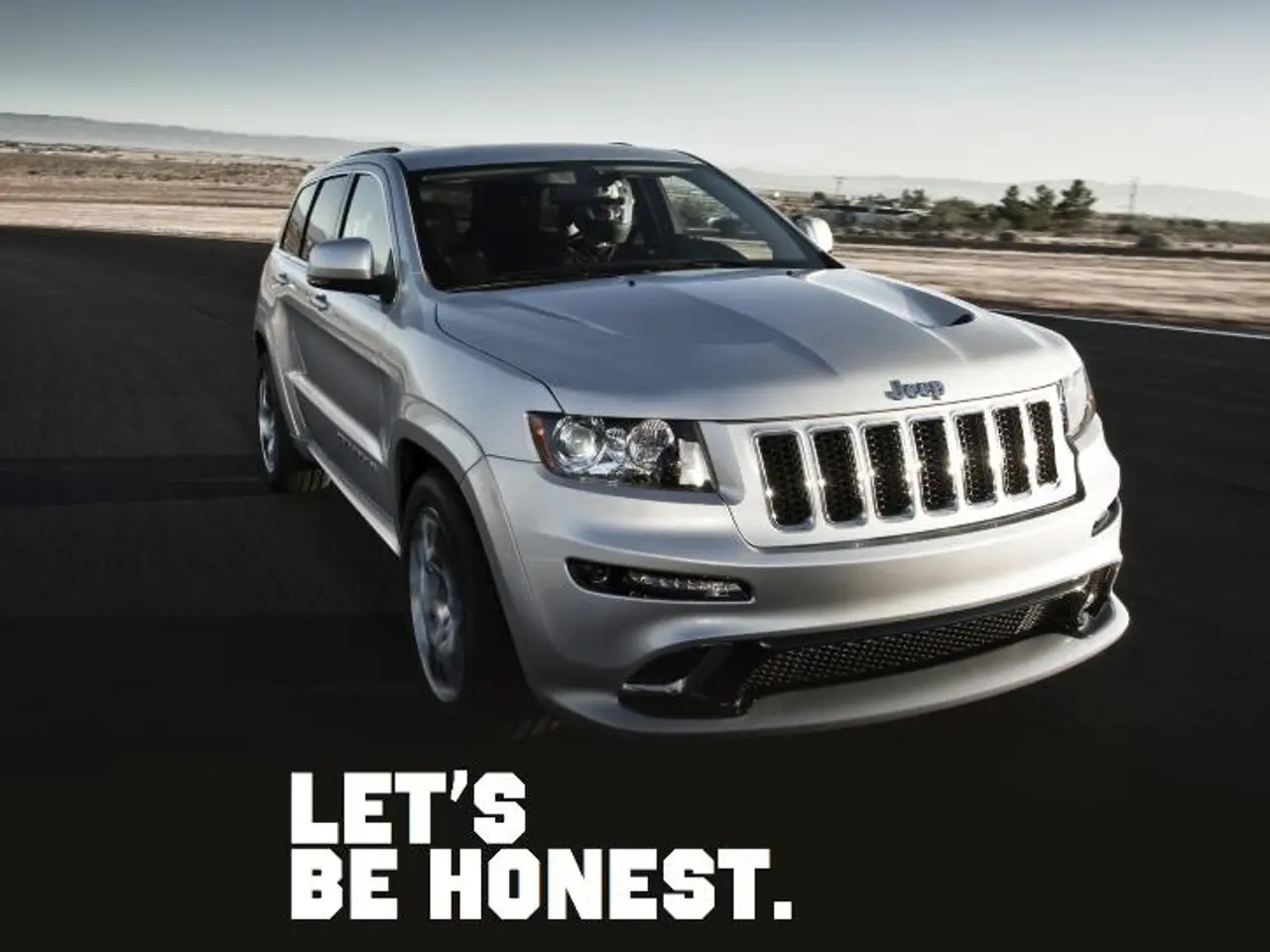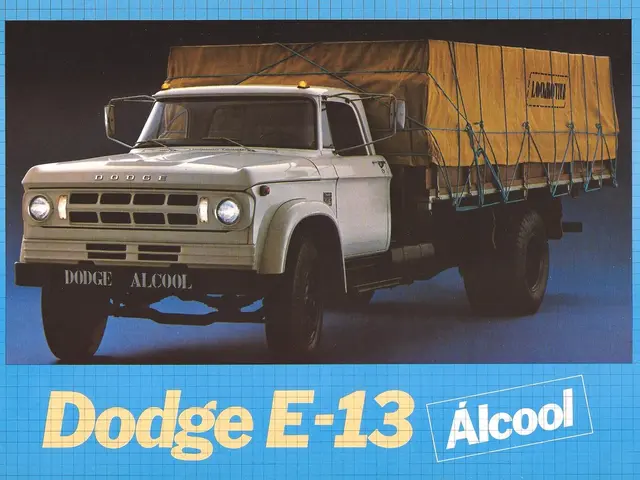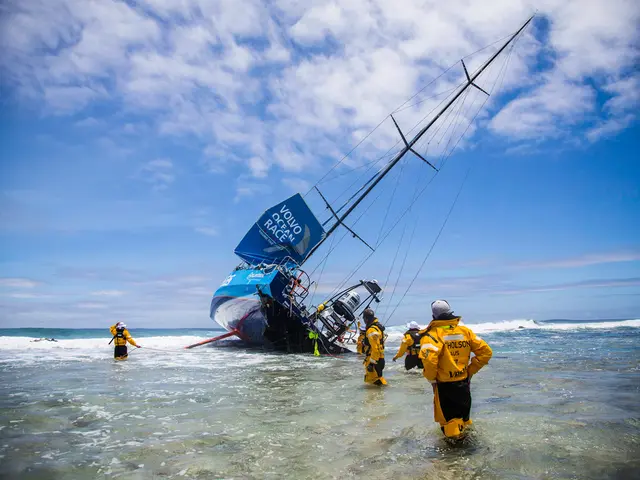US Automakers Meet U.S. Trade Agreement with Cautious Optimism
The U.S. and the European Union have reached a tariff deal, setting a 15% tariff ceiling on EU car exports to the U.S., a move that could intensify economic pressures on the German automotive industry as it transitions from internal-combustion-engine (ICE) vehicles to electric vehicles (EVs).
The German Association of the Automotive Industry (VDA) has warned that the tariff could cost the industry billions annually. With a significant portion of its exports, including ICE vehicles and components, remaining tariff-subject, the industry faces cost pressures. As the industry shifts towards EVs, which often involve different supply chains and manufacturing processes, the tariff ceiling may encourage manufacturers to accelerate EV production to mitigate tariffs and capture emerging market segments in the U.S.
The deal, which reduces automotive import tariffs from 27.5% to 15%, is expected to maintain some tariff obligations, providing partial relief while sustaining competitive challenges for German automakers heavily reliant on ICE models. The tariff costs on certain ICE models could reduce profitability in the short term and slow down the transition pace.
To navigate these challenges, German automakers might be incentivized to localize parts of their value chain or increase EV-focused investment in production efficiencies. This dynamic could lead to a restructuring of German automotive export strategies focused more on electric mobility to maintain competitiveness under the tariff regime.
Sigrid de Vries, director general of the European Automobile Manufacturers' Association (ACEA), has given a cautious welcome to the deal. De Vries suggests that, in the future, the EU and the U.S. should focus on reducing obstacles to vital transatlantic automotive trade. Such a focus could pave the way for stronger economic ties and shared prosperity between the EU and the U.S.
However, many elements of the agreement still need to be clarified. The VDA emphasizes the need to find a solution for the turmoil in Europe's automotive supply chain regarding the North American market, within the framework of the USMCA trade agreement.
BMW, Mercedes-Benz, and Volkswagen, the best-selling German automakers in the U.S., are preparing new-generation plug-in hybrids and/or battery-electric vehicles. BMW's new BEV models are scheduled to arrive in the U.S. in 2026 as part of their Neue Klasse series. The ACEA will continue to assess the ongoing effects of the tariffs on Europe's vehicle manufacturing.
The U.S. will retain higher tariffs on automobiles and automotive parts compared to the beginning of the year. Some parts from Canada and Mexico are now subject to 25% U.S. tariffs if they don't have a certain percentage of North American content. However, many European automotive suppliers have production facilities in all three USMCA countries, and their auto parts often cross borders multiple times without tariffs under the USMCA.
The deal reduces overall imports of most European products down to 15%, with zero tariffs on U.S. imports into the Continent. The U.S.-EU tariff deal, made between U.S. President Donald Trump and European Commission President Ursula von der Leyen, places moderated but ongoing tariff pressure on the German automotive industry, economically incentivizing a strategic and accelerated shift from ICE models to EV production to adapt to tariff conditions and global market trends.
- The tariff deal between the U.S. and the European Union may encourage German automotive manufacturers to accelerate their production of electric vehicles to mitigate tariffs and adapt to the changing automotive industry.
- The German automotive industry faces cost pressures due to a significant portion of its exports, comprising ICE vehicles and components, remaining tariff-subject under the new deal.
- The automotive industry, as it transitions from internal-combustion-engine vehicles to electric vehicles, may need to restructure its export strategies, potentially focusing more on electric mobility to maintain competitiveness.
- Financially, the tariff could cost the German automotive industry billions annually, putting pressure on manufacturers to find solutions such as localizing parts of their value chain or increasing EV-focused investment in production efficiencies.




